Students like speaking their own language. I mean, that’s pretty cool isn’t it? We all have a way of communicating. But there are MANY ways of communicating, in the form of languages! We have English, Spanish, French, Arabic, German, Czech, Japanese, you name it. It’s fine to speak your own language, but sometimes, humans have a little mental tantrum, and go “Hey! They speak a different language! Why can’t I?”. It could also very well be that someone just wants to have a wider language capacity, and it’s for that reason that this school teaches English, Spanish, and that’s pretty much it. So much variety.
We all appreciate English and Spanish classes, but what if someone wants to speak Japanese? We don’t have a class for that. What if someone is travelling to a foreign country, and they don’t know how to speak their language? Higher language diversity can serve as a bridge to other cultures, and they can make you feel more connected to others of a different identity. This is why CHAH should include more classes that teach foreign languages. English and Spanish aren’t the only languages in the world.
Tiffany MacKnight, the Art teacher, believes the school administration should add new language class electives.
“Like how we offer visual arts, dance, music, we could have a selection of languages and the kids can have the same track, and you would just pick your language that you want. Maybe you can rotate through them too to try different languages. / Sí, como una materia optativa. Es como cuando ustedes eligen sus artes. Como ofrecemos artes visuales, danza, música, podríamos tener una selección de idiomas y los niños pueden tener la misma opción, y tú elegirías el idioma que quieras. Tal vez también puedas rotar entre ellos para probar diferentes idiomas.”
Once kids think they’re fluent enough in a language, they can just rotate to another one. Keeping a high linguistic variety is smart.
Officer Pina, one of the School Safety Officers, agrees that we should have more cultural diversity at CHAH through language classes. “Tenemos una población de más estudiantes de otros países, no solo de habla hispana o en inglés hay algunos que hablan francés o hablan creole, otros son arabe. Se que mucha diversidad que necesitamos. / We have a population of more students from other countries, not only Spanish-speaking or English-speaking. There are some who speak French or Creole, others are Arabic. I know how much language diversity we need.”
This may be surprising; some students aren’t actually fluent enough in their native language. If students could choose their own language classes, students who aren’t fluent enough in their language can then learn it. Then they’ll be more comfortable speaking their language with family. Some people are insecure about the fact that they can’t speak their native tongue well, so allowing them to learn their language is a great idea.
Many students in this school do speak Spanish, so adding romance languages similar to it would encourage students to branch out to new languages, suggested MacKnight. MacKnight also suggested adding classes based on students’ interests, and this is a really smart idea that I’m surprised hasn’t been implemented yet.
“Or maybe we can even try something like totally different too based on maybe students’ interests. We can survey the students. / O tal vez incluso podamos probar algo totalmente diferente también en función de los intereses de los estudiantes. Podemos encuestar a los estudiantes.”
CHAH very much should survey students. It’d only be smart to get perspectives from all kinds of students, and this seems like the ideal way to do so.


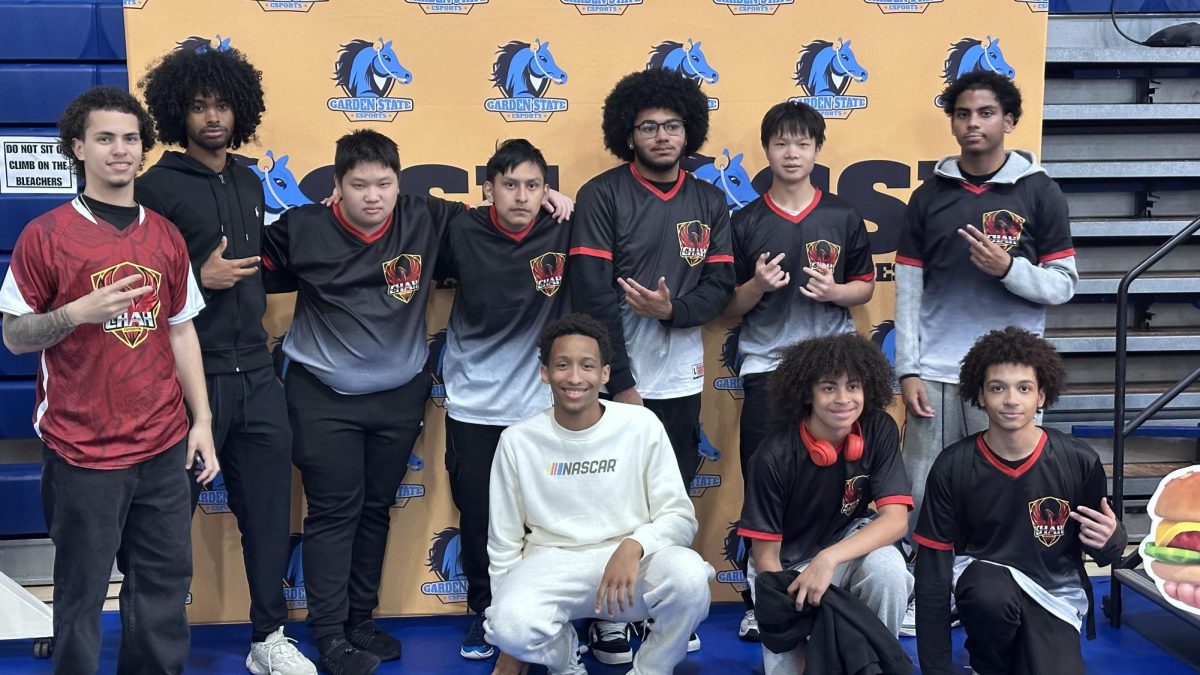
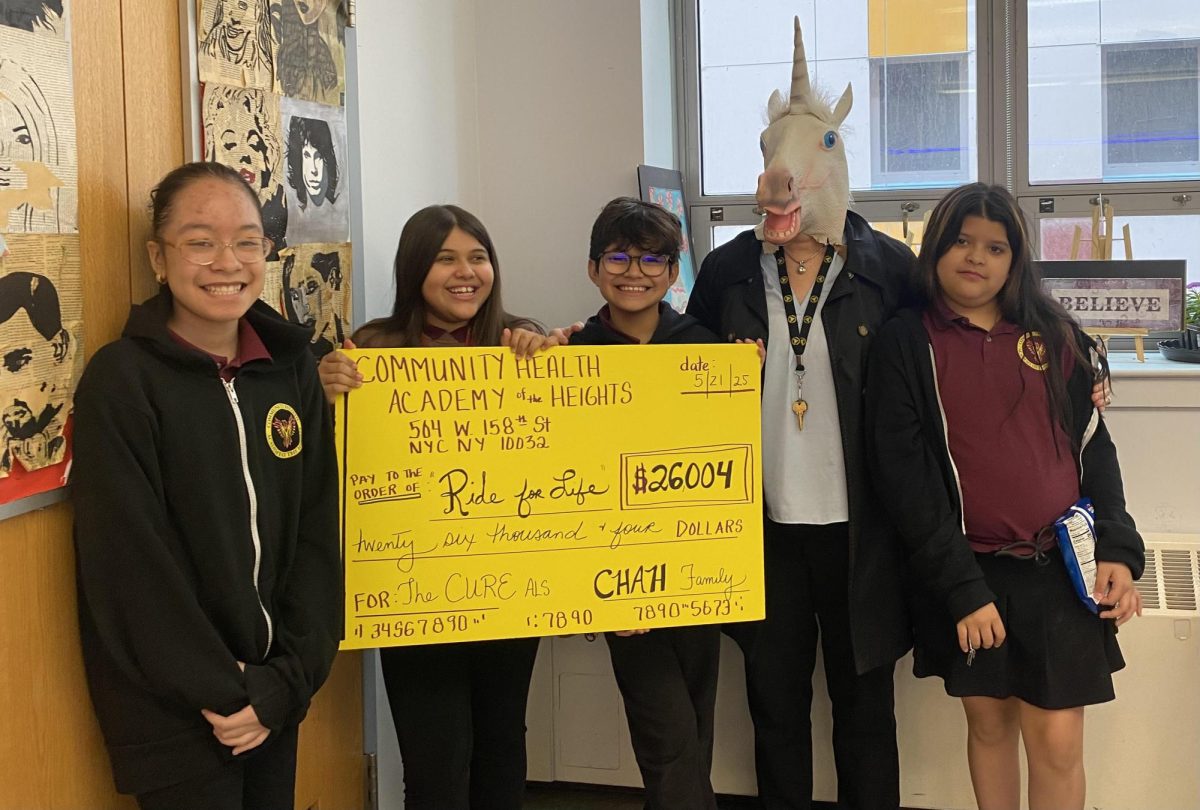




![Pet Day at School by hotta, available at Openclipart [https://openclipart.org/detail/322856/pet-day-at-school] under a Creative Commons Zero (CC0) License.](https://chahphoenix.com/wp-content/uploads/2025/01/322856.png)

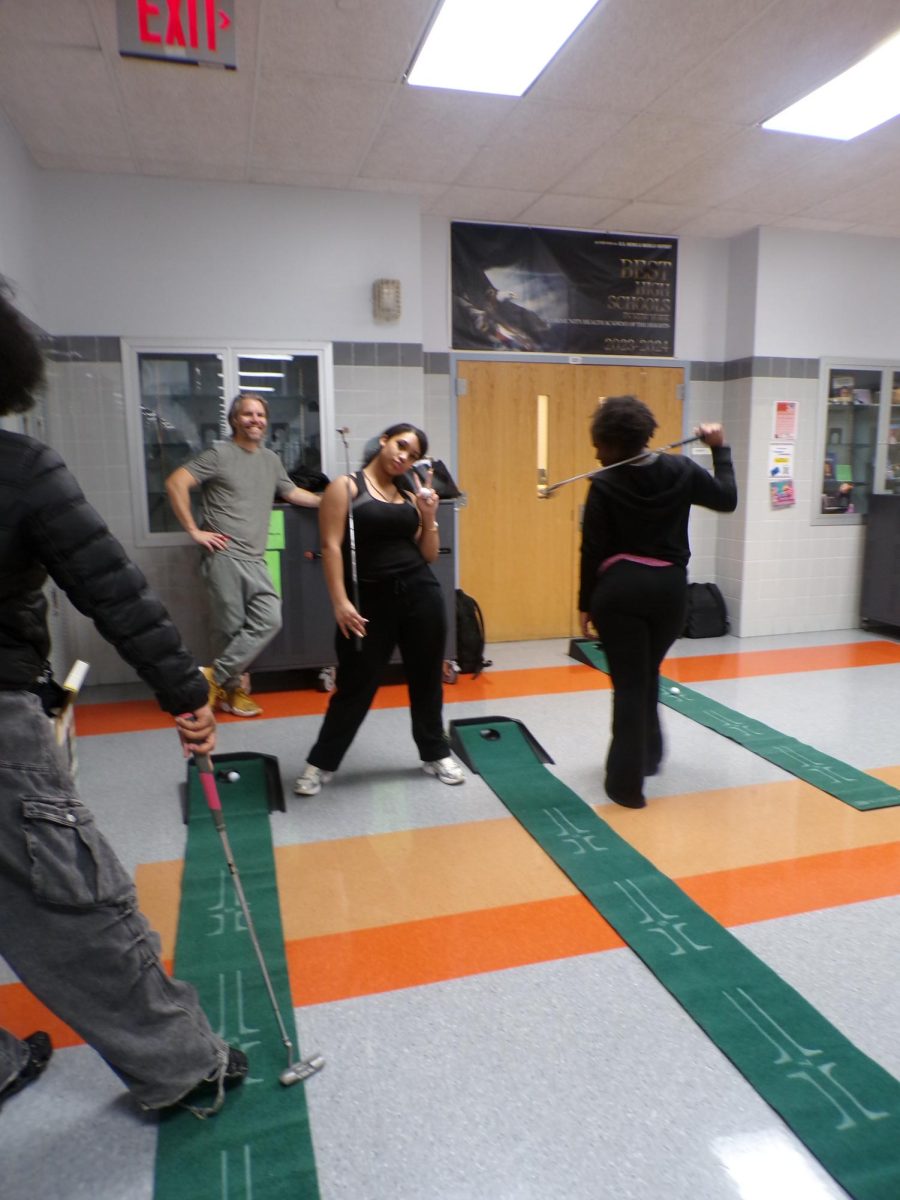
![[Sports] Do Sports at CHAH Matter?](https://chahphoenix.com/wp-content/uploads/2024/11/Screen-Shot-2024-11-15-at-9.54.48-AM-903x1200.png)
![[Slideshow] Volleyball Team Celebrates Senior Night](https://chahphoenix.com/wp-content/uploads/2024/09/IMG_2060-1200x900.jpeg)
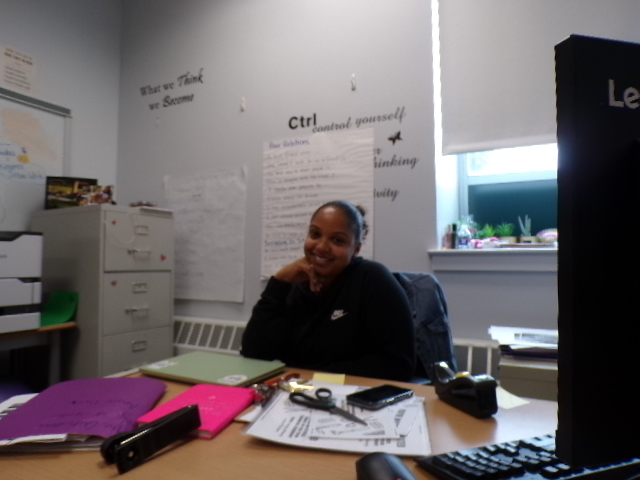



![[Fiction] Maddy’s Shadow](https://chahphoenix.com/wp-content/uploads/2025/02/L-door-979x1200.png)


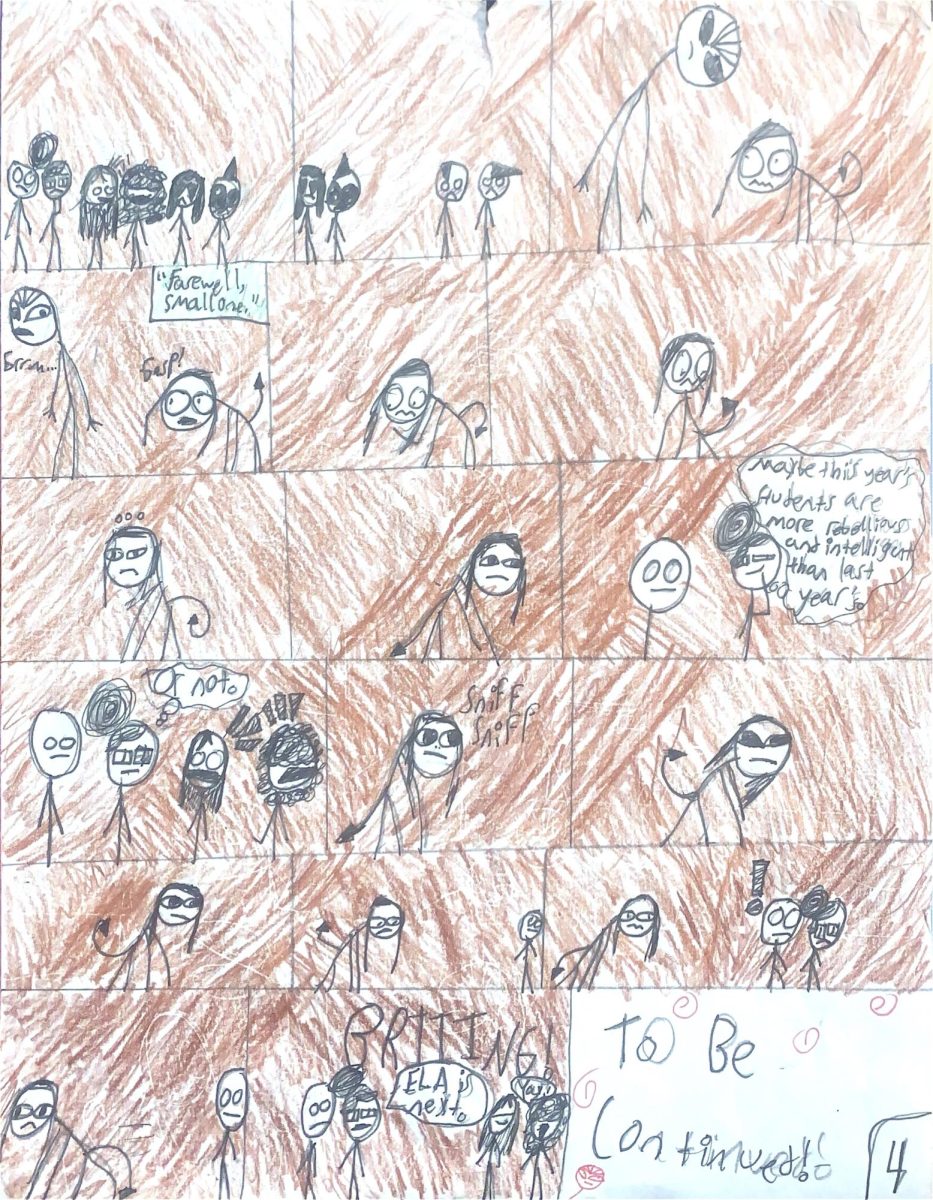
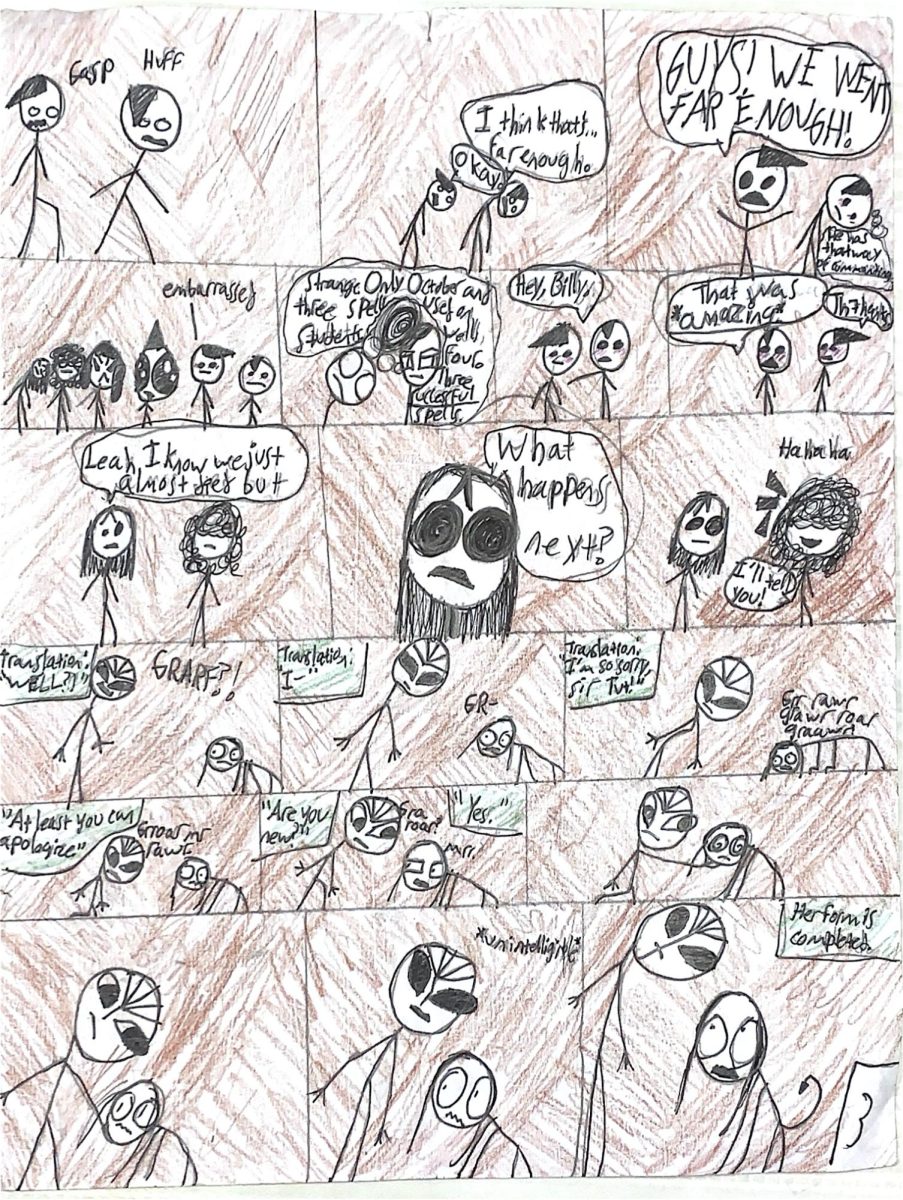



![[Opinion] Should CHAH continue using Yondr Pouches?](https://chahphoenix.com/wp-content/uploads/2024/11/IMG_9513-900x1200.jpg)
![[Opinion] Some Students Unsatisfied with School Lunch](https://chahphoenix.com/wp-content/uploads/2024/10/IMG_6521-1200x900.jpeg)
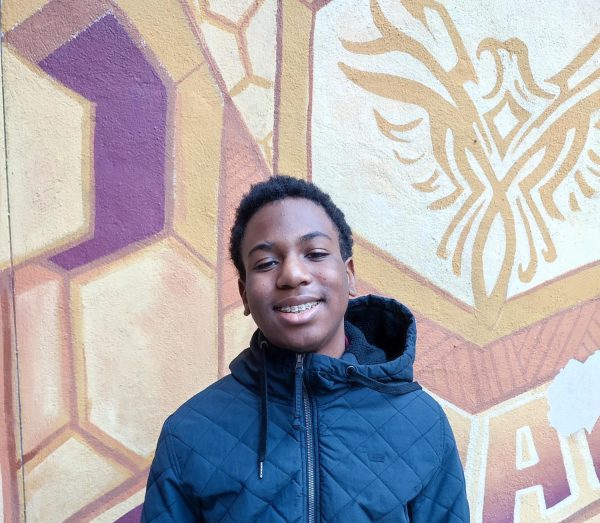
Nancy Still • Dec 3, 2024 at 2:13 pm
I agree! The school should absolutely establish more language diversity; it would provide support for students who are fluent in, for example, Arabic, but not English, along with other upsides.